Pangong Lake : A Canvas of Blue and Silence
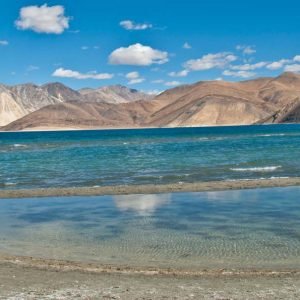
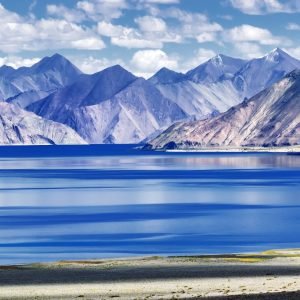
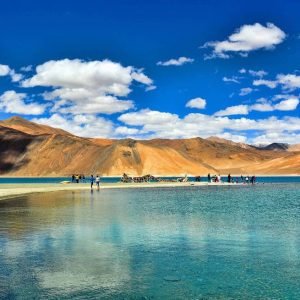
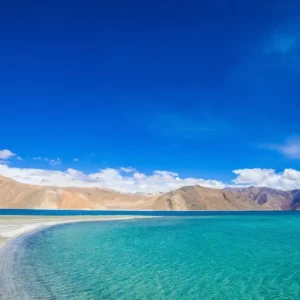
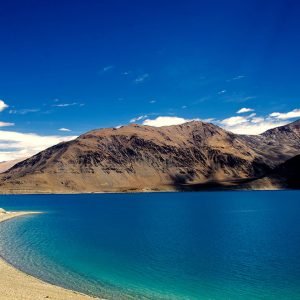
Table of Contents
Toggle1. Introduction
Pangong Lake is a part of the Indian Himalayas and presents one of the most magnificent natural spectacles in Asia. It lies at an altitude of about 4,350 meters, or 14,270 feet above sea level, on the Indo-Tibet border, stretching from Ladakh in India to Tibet in China. The lake is noted for its different shades of blue and its peculiar landscapes, which makes it a favorite among tourists looking for beauty and tranquility.
2. Geographical and Environmental Overview
Pangong Lake is roughly 134 kilometres long and considered to be among the largest saltwater lakes in the region. It varies in width at 5-6 km. The water of Pangong has salinity, and the depth reaches as high as 60 m. Its peculiar feature is the color variation-from different hues of blue to green and even grey-depending on the time of day and weather conditions.
It is surrounded by rugged mountains, with the Ladakh range to the north and the Zanskar range to the south. The landforms and landscape surrounding Pangong Lake are stark yet awe-inspiring: hills that are bereft of any greenery, steep slopes, and very little vegetation. Despite the starkness of the landscape, some species of wildlife are spotted in these environs, including migratory birds like the bar-headed goose.
3. Climate and Best Time to Visit
Pangong Lake has a high-altitude cold desert climate. Summers, starting from June to September, are the ideal time to visit with temperatures ranging between 15°C to 25°C, which is 59°F to 77°F. During these months, the weather is comparatively good, and the lake colors are vibrant. Winters-October to April-is harsh; temperatures are well below freezing, and the lake often freezes completely, making travel very difficult.
4. How to Reach Pangong Lake
Reaching Pangong Lake is an ordeal in itself, but the trip per se is an adventure. The most feasible way to reach Pangong Lake starts from Leh-the capital of Ladakh. Well, here’s a step-by-step guide on how to reach Pangong Lake:
a. Reaching Leh: It is possible to reach Leh through both airways and roadways. The easiest would be to fly into Leh’s Kushok Bakula Rinpoche Airport, which sees flights from major Indian cities throughout most of the year. Alternatively, drive into Leh via the Manali-Leh Highway or Srinagar-Leh Highway. Because of snow, both routes remain open only for specific months in a year.
b. Leh to Pangong Lake: It is situated 150 km from Leh. The time taken to reach Pangong Lake is around 5-6 hours according to the condition of the road. During this journey, one has to cross Chang La, one of the highest motorable passes in the world. Since the route is remote and pretty challenging, it is better to travel with a local tour operator or a guide.
c. Permits: As Pangong Lake lies on the India-China border, no tourists are allowed to visit without a permit. As for foreign tourists, an Inner Line Permit or ILP is required. It can be availed from the Leh office of the Jammu and Kashmir Tourism Department or through a travel agent. Indian tourists also require a permit, which is also arranged with the help of the same medium.
5. Activities and Attractions
a. Scenic Beauty: The most striking feature of Pangong Lake is its stunning beauty. Tourists can get a panoramic glimpse of the lake and its surrounding mountains, mainly from different viewpoints along the lake.
b. Photography: The colors of this lake change with every passing moment, and with contrasting lands, it is a treat for photographers. The time may be very early in the morning or late in the afternoon for perfect photography.
c. Camping: There are a number of Campsites alongside the shores that offer basic amenities and an excellent view of the lake for people who want to be nearer to the beauty of the lake. It is recommended to make reservations in advance during peak time of tourism.
d. Wild Life Watching: Pangong Lake and the surrounding area is the natural habitat for quite a few wild animals, such as the snow leopard and Tibetan antelope. Birdwatchers can spot several species of migratory birds that visit the lake.
e. Cultural Expeditions: The villages close by, Spangmik and Man, give an insight into the traditional life of the local Ladakhi people. Visiting them serves as an opportunity to know more about their culture and way of life.
6. Travel Tips
a. Acclimatization: Because of the high altitude, acclimatization is much needed to avoid altitude sickness. Spend a few days in Leh before going on the Pangong Lake tour to get your body acclimatized to the climate.
b. Warm Clothes: Though it is summer, the temperature rises around Pangong Lake. So, take as many warm clothes as possible and keep packing them in layers to feel comfortable.
c. Medications: Take all the necessary medicines, including those for altitude sickness, since the numbers of medical facilities are less in far-flung areas.
d. Respect the Environment: Pangong Lake is sensitive with respect to its ecology. So, no litter must be done; instead, work on the doctrine of “Leave No Trace” to help restore its natural wonders.
e. Check the road conditions: Sometimes, especially during weather changes, the road leading to Pangong Lake is not good. Check for the latest road conditions and travel advisories before embarking.
7. Conclusion
Pangong Lake is enviable for being a destination where natural beauty and adventure come in proper quantity. The kaleidoscope of vibrant colors, dramatic vistas, and silent surroundings themselves are reasons enough for any tourist to visit this place and experience unforgettable moments amidst the Himalayas. If planned accordingly and respectfully considering the environment, a visit to Pangong Lake can be truly memorable into one of the most stunning and remote corners of the world.
How to book a trip to Pangong Lake, India with Charzan Holidays?
For a seamless and exceptional booking experience, contact Charzan Holidays at reservations@charzan.in or call us at +919622224473
Frequently Asked Questions
1. What is Pangong Lake? | |
| Pangong Lake is a stunning high-altitude lake located in the Ladakh region of India, famous for its mesmerizing blue waters and picturesque landscapes. | |
2. How do I get to Pangong Lake? | |
| You can reach Pangong Lake from Leh by road, which typically takes about 5 to 6 hours. The most common route is via the Chang La Pass. | |
3. What is the best time to visit Pangong Lake? | |
| The best time to visit is from May to September when the weather is mild and the lake is fully accessible for tourists. | |
4. What are the main attractions near Pangong Lake? | |
| Attractions include breathtaking views of the surrounding mountains, opportunities for photography, and nearby villages like Spangmik. | |
5. Is it safe to travel to Pangong Lake? | |
| Yes, Pangong Lake is generally safe for tourists. However, it’s important to stay updated on local conditions and follow travel advisories. | |
6. What activities can I do at Pangong Lake? | |
| Visitors can enjoy trekking, boating, photography, and camping. The area is also great for stargazing at night. | |
7. Are there accommodations near Pangong Lake? | |
| Yes, there are several accommodations, including guesthouses, campsites, and homestays available near the lake. | |
8. What should I pack for a trip to Pangong Lake? | |
| Pack warm clothing, comfortable trekking shoes, personal toiletries, a first aid kit, and sufficient water, as temperatures can drop significantly at night. | |
9. Is there mobile connectivity at Pangong Lake? | |
| Mobile connectivity is limited in some areas around Pangong Lake. It’s advisable to inform friends or family of your travel plans beforehand. | |
10. Can I find local food near Pangong Lake? | |
| Yes, you can find local food options at guesthouses and campsites, offering traditional Ladakhi dishes like thukpa and momos. | |
11. Are there any cultural festivals near Pangong Lake? | |
| While there are no specific festivals at the lake, nearby villages celebrate local Ladakhi festivals that showcase vibrant culture and traditions. | |
12. What is the local language spoken around Pangong Lake? | |
| The primary language spoken is Ladakhi, but many locals also understand Hindi and English, especially in tourist areas. | |
13. Do I need a permit to visit Pangong Lake? | |
| Yes, a special permit is required to visit Pangong Lake due to its proximity to the international border. Permits can be obtained in Leh. | |
14. Can I find guided tours to Pangong Lake? | |
| Yes, many travel agencies offer guided tours that include transportation, accommodations, and local experiences, making exploration easier. | |
15. What is the climate like around Pangong Lake? | |
| Pangong Lake experiences a cold desert climate, with warm days and chilly nights, especially in summer. Be prepared for sudden weather changes. |


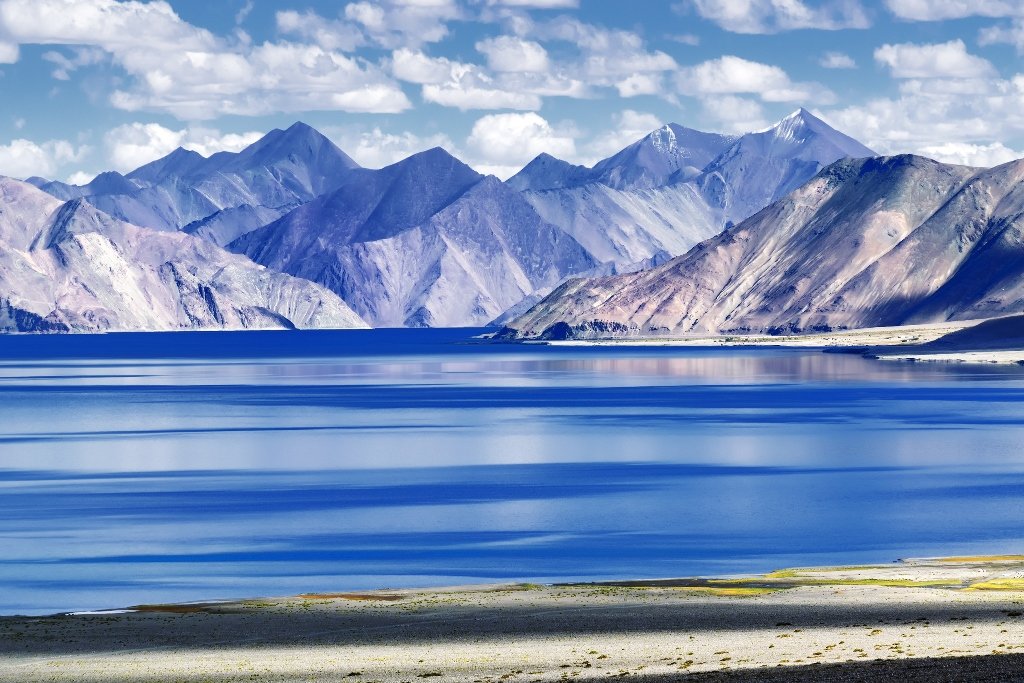
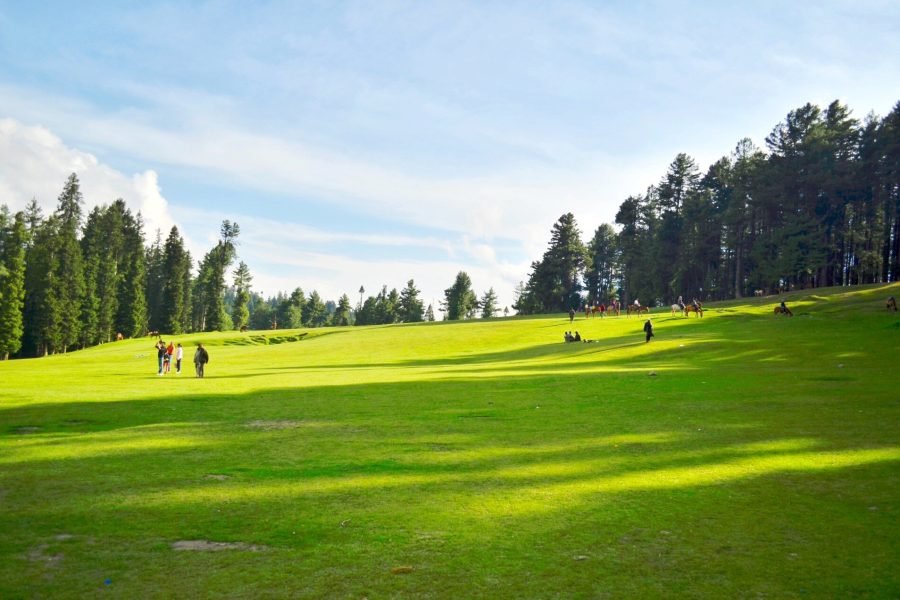
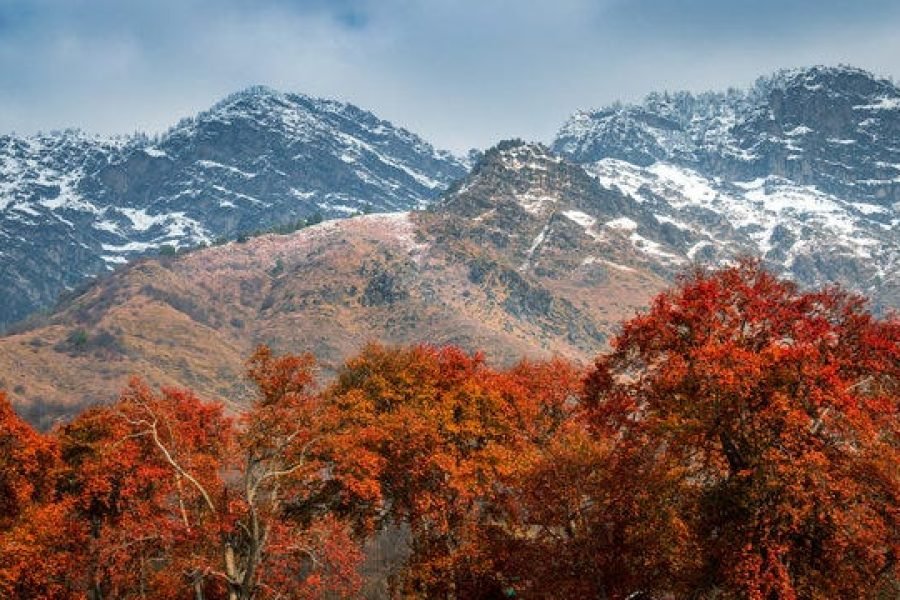
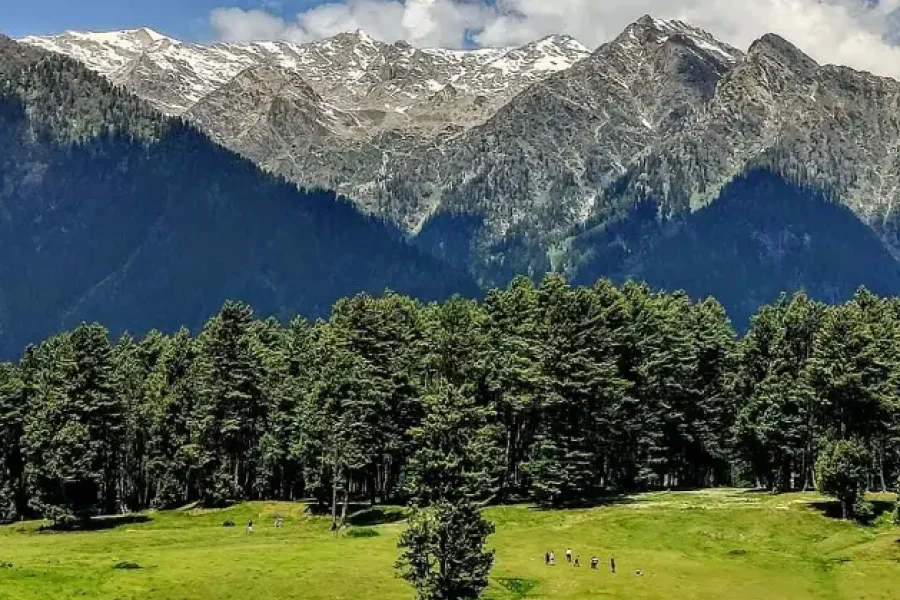
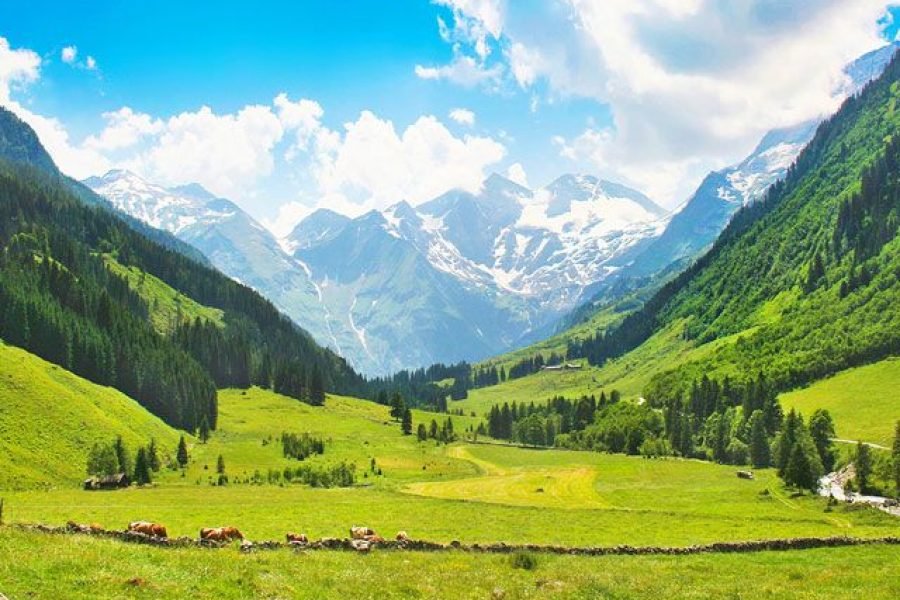
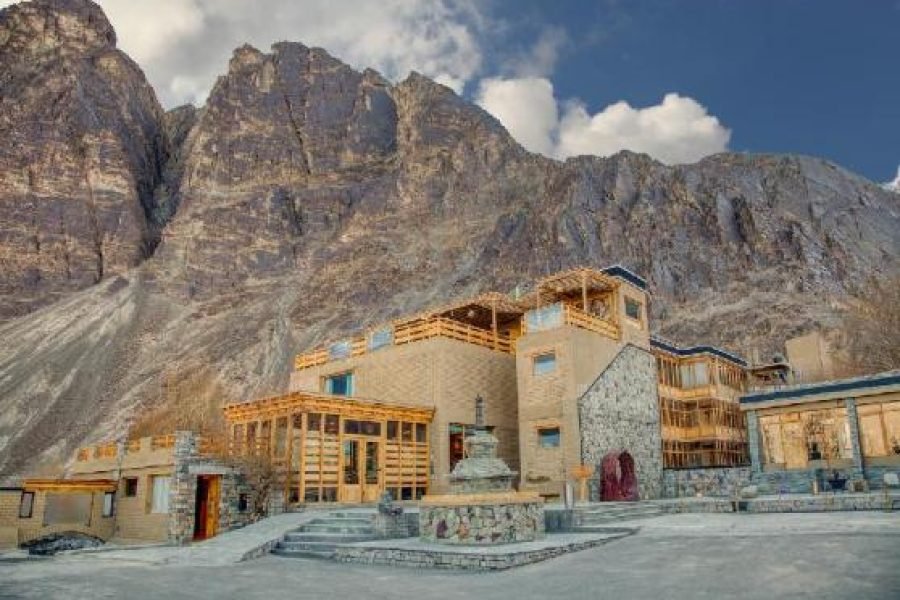
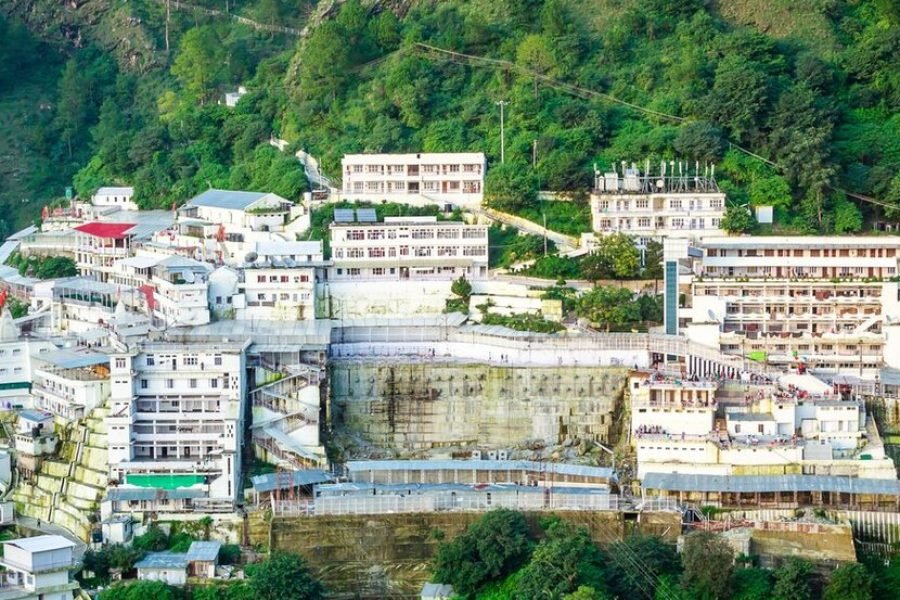
0 Comment